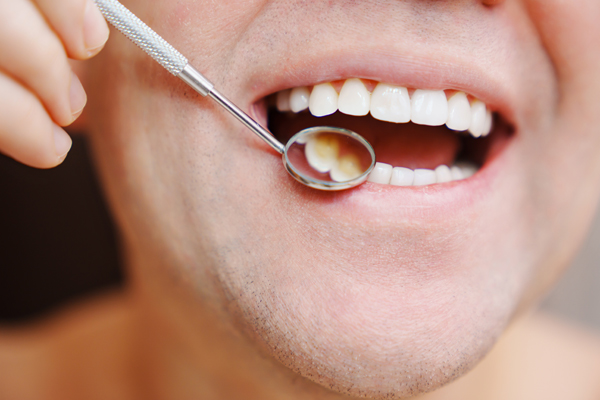How Dental Crowns Can Restore a Tooth’s Function and Appearance

Dental crowns, or tooth caps, are a common dental restoration for fixing broken, cracked, or decaying teeth. The goal of this dental restoration is to improve the size, shape, strength, and aesthetics of the tooth. Your teeth and the severity of the issue will determine whether the dentist suggests a dental crown for you. In this article, you will learn about how crowns can improve your oral health and smile’s appearance.
An overview of dental crowns
Dental crowns are great for fixing many different issues. It is a long-term and effective fix for issues related to oral health and aesthetics. The materials used for making crowns include metal, porcelain, and composite. To choose the best material for your situation, the dentist will consider the tooth's color, its location in the mouth, and the patient's preferences. The general dentist often suggests porcelain crowns because they are customizable to blend with the rest of the teeth.
When to get dental crowns
Damage to the tooth can happen due to an accident or an underlying issue. If a tooth has decay or injury, a crown may cover it and hide the imperfection. Following the removal of the diseased or damaged structure of the tooth, the crown protects the healthy portion of the tooth. The broken tooth will then be covered with a crown to seal off any potential entry points for bacteria.
A crown may also cover up broken teeth's visible edges. It is important to see a dentist right away if the tooth gets damaged so they can treat it and prevent additional damage or potential tooth loss. It could also prevent the need for more complex and costly operations in the future.
A dental filling may not be able to fix a tooth if the cavity is too big. There must be sufficient tooth structure to support the dental filling for it to be effective. In such cases, a crown might be the better option to restore stability.
Placing the dental crown
Essentially, a dental crown covers and replaces the whole visible part of a tooth, which is positioned above the gumline. After placing the crown over the tooth, it becomes its outermost layer. Two visits to the dentist are required to place a dental crown on a tooth. During the first visit, the dentist will examine the tooth and prepare it for treatment. This often means removing a thin layer of the enamel to create adequate room for the crown so the tooth does not look unnecessarily bulky. Afterward, they will take impressions of the prepared tooth, which will be sent to the dental lab to create a custom crown.
When the crown is ready, patients will return to the dental office for placement. If a temporary crown is placed over the tooth, it will be removed first. The dentist will use dental cement to hold the new crown over the tooth. They will check the fit and make adjustments if necessary.
In conclusion
You should visit a general dentist if you see any signs of decay or damage to one of your teeth. Your dentist can advise you on whether a dental crown is the right choice for your teeth. Be sure to keep up with your regular dental cleanings after getting a crown. To learn more, book an appointment with our dental office today.
Request an appointment here: https://shorelinedentalnj.com or call Shoreline Dental at (732) 361-4240 for an appointment in our Ocean Township office.
Check out what others are saying about our dental services on Yelp: Dental Crowns in Ocean Township, NJ.
Related Posts
General dentists can perform dozens of different procedures, so they may have a long list of offered services. A general dentist focuses on the prevention (and fast restoration) of oral health issues. However, they may also provide more extensive procedures, such as teeth replacement, when necessary.Some general dentistry services are more common than others. Specifically,…
Finding the right dentist for your oral health needs can be difficult. Many questions may come to mind, such as whether a general dentist or a family dentist is the right choice. In this blog, we will discuss the differences between general and family dentists, helping to give you a better understanding of when to…
Clenching and grinding the teeth, also known as bruxism, can wear them down and cause jaw and ear pain. General dentists can help patients with bruxism avoid pain and discomfort. This blog will review the causes, symptoms, and treatments for teeth grinding.It is common for people to be unaware they clench or grind their teeth…
Even if we do not like it, there is a reason our general dentist recommends routine visits at least every six months. In fact, there are several important reasons why we should get into the habit of going to the dentist for regular visits as often as is necessary or as is told. The visits…
